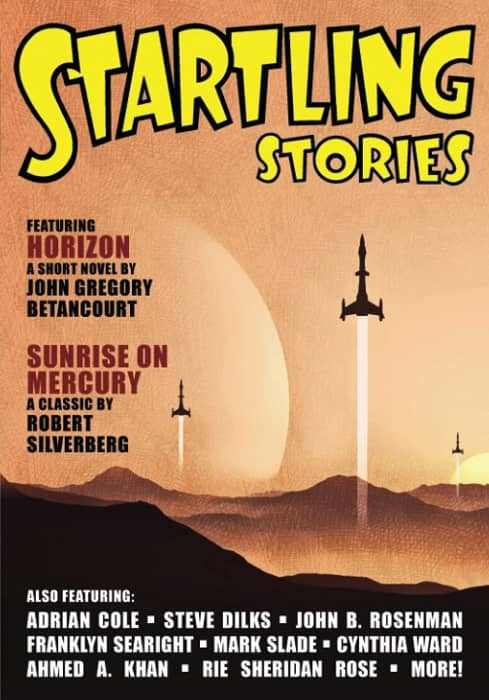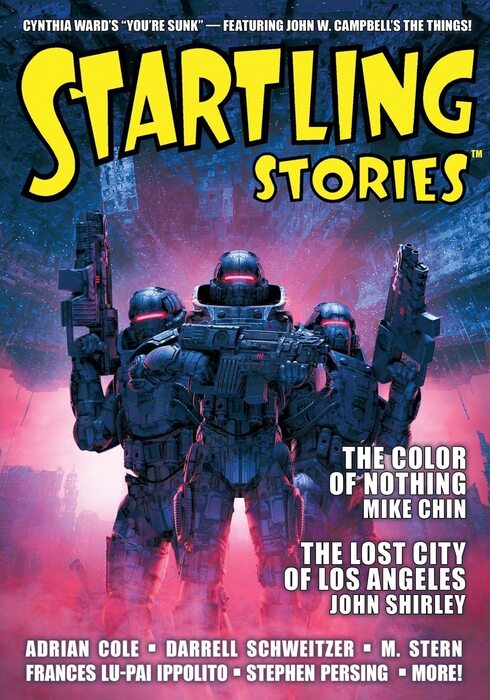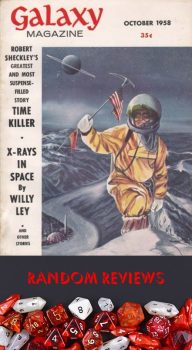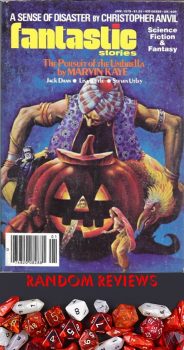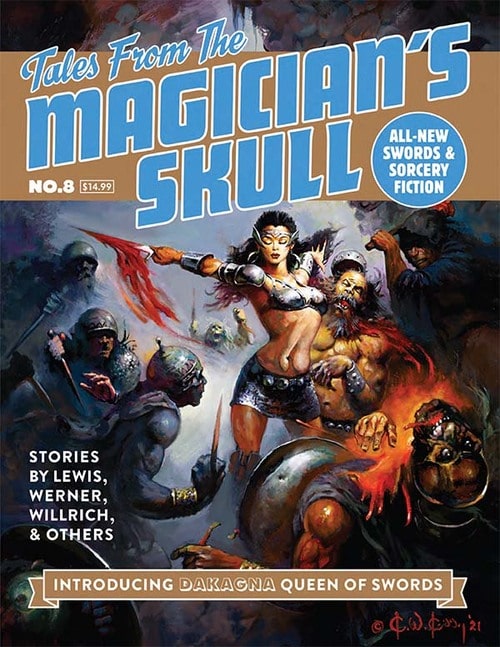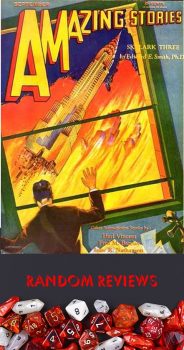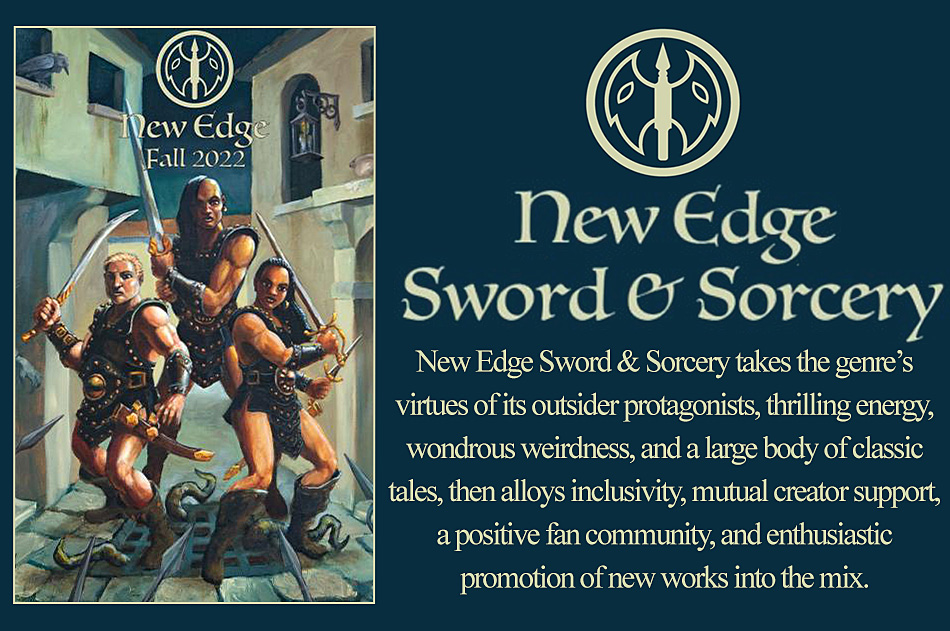Mike Ashley’s British Library Science Fiction Classics, Volumes 1-3: Moonrise, Lost Mars, and Menace of the Machine
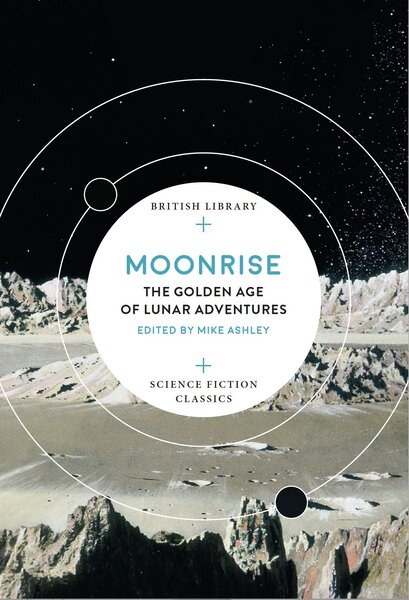 |
 |
 |
The first three anthologies in the British Library Science Fiction Classics: Moonrise,
Lost Mars, and Menace of the Machine. Covers by Chesley Bonestell and David A. Hardy
Two weeks ago I gazed in wonder at Mike Ashley’s 10-volume anthology series of science fiction from the pre-spaceflight era, the British Library Science Fiction Classics.
The first three in the series — Moonrise: The Golden Age of Lunar Adventures, Lost Mars: The Golden Age of the Red Planet, and Menace of the Machine: The Rise of AI in Classic Science Fiction — make an impressive set, containing nearly three dozen stories originally published between 1887 – 1965 by H.G. Wells, Gordon R. Dickson, John Wyndham, Edmond Hamilton, Arthur C. Clarke, Stanley G. Weinbaum, Ray Bradbury, E. C. Tubb, Walter M. Miller, Jr., J. G. Ballard, Ambrose Bierce, Isaac Asimov, Henry Kuttner and Catherine Moore, Brian W Aldiss, Murray Leinster, and many others. Each volume also includes a fascinating and impeccably researched introduction by Ashley that’s sure to whet your appetite.
Let’s take a closer look. (Warning: entirely superfluous pulp magazine covers ahead).
